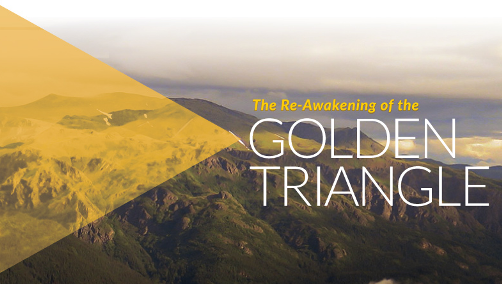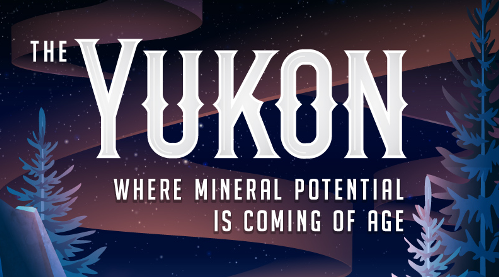ACCRA, Ghana — Gloria Hiadzi, the executive secretary of the Ghana Independent Broadcasters Association, was present at one of the regular, informal gathering of Ghanaian media bigwigs in April, when the discussion turned to galamsey — the local term for small-scale miners who dig for gold and other minerals. The editors and publishers began to share stories of the devastation they had seen in their trips around Ghana caused by the mining.
Stories of the environmental impact of the mining regularly appear in the media, Hiadzi said, but the publishers recognized that their coverage usually faded pretty quickly.“In trying to find a way to get a solution, to get government involved, to get their eyes open, to whip up the enthusiasm of locals and everything, we felt it would be best to make it a national issue,” she said. “To launch a proper campaign.”
That campaign quickly leapt from radio spots and print stories to the streets of Accra, Ghana’s capital, where there are now regular anti-galamsey demonstrations and marches. A byproduct of the effort, though, has been heightened anti-Chinese sentiment.

























